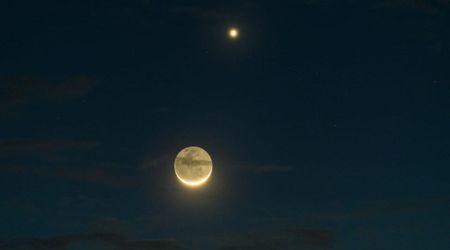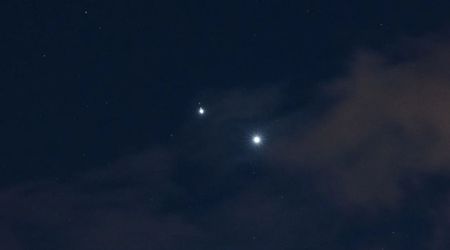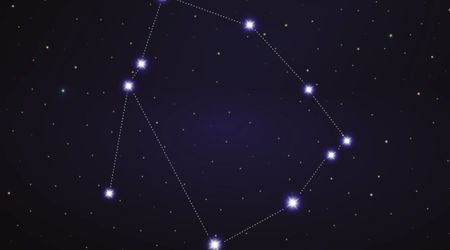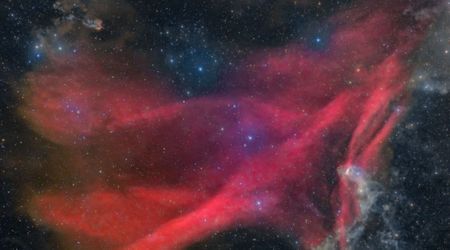A rare 'space rainbow' just lit up the camera on NASA’s solar mission PUNCH — and it's magnificent

A recently launched NASA spacecraft has successfully captured the largest rainbow-like feature ever observed within our solar system. This significant discovery comes as NASA scientists continue their efforts to gain a deeper understanding of the Sun and improve predictions of space weather phenomena, per NASA.

The groundbreaking image was obtained by NASA's PUNCH mission, a constellation of four spacecraft orbiting Earth specifically designed to investigate the Sun's outer atmosphere, known as the corona. This striking rainbow-like feature, unveiled in one of PUNCH's initial images last month, represents a remarkable step forward in solar exploration, per AccuWeather.

However, this celestial spectacle is distinct from the familiar rainbows seen on Earth, which arise from sunlight refracting through raindrops. In space, the observed phenomenon is a result of sunlight reflecting off dust particles scattered throughout the solar system, a diffuse glow known as zodiacal light. NASA clarified that the image is colorized to illustrate the polarization, or angle, of this zodiacal light, with the hue indicating direction and saturation, representing the degree of polarization. For instance, a subtly polarized horizontal feature might appear pastel green, while a strongly polarized diagonal feature would be depicted as a deep blue.
While visually captivating, the image serves as a crucial initial step for the mission. These early observations are vital for the PUNCH team to confirm that the cameras are properly focused, fully operational, and capable of acquiring the high-quality data necessary to achieve the mission's objectives. Ultimately, once fully functional, PUNCH will play a pivotal role in enabling scientists to monitor and forecast space weather events, including predicting when the captivating aurora might illuminate the night sky.
While NASA's PUNCH mission continues to unveil fascinating details about the Sun's outer atmosphere and space weather, providing insights that will aid in forecasting aurora displays on Earth, another groundbreaking observation has captured the attention of space enthusiasts: the unprecedented auroras on Jupiter, as seen by the James Webb Space Telescope. Images from the Webb Telescope, released also in May 2025, showcase Jupiter's auroras glowing with an intensity hundreds of times greater than Earth's familiar Northern and Southern lights.
More passion, more energy 🕺@NASAWebb captured new details of auroras on Jupiter. These dancing lights are huge in size and are hundreds of times more energetic than auroras on Earth. Check it out: https://t.co/bsMb9PRaeW pic.twitter.com/MoXl9RT6em
— NASA (@NASA) May 12, 2025
Although both planets exhibit auroras when high-energy particles interact with atmospheric gases near their magnetic poles, Jupiter's auroras possess significantly more energy. On Earth, these dazzling light shows are primarily fueled by solar storms, where charged particles from the sun excite atmospheric gases, creating a spectrum of red, green and purple hues. Jupiter, however, benefits from an additional, powerful source: its volcanically active moon Io. Jupiter's immense magnetic field not only captures charged particles from the solar wind but also intercepts those ejected by Io's numerous, colossal volcanoes.

These volcanic emissions escape Io's gravitational pull and enter Jupiter's orbit, augmenting the stream of charged particles bombarding the planet from the Sun. Jupiter's formidable magnetic field accelerates these combined particles to incredible velocities. As these high-speed particles violently collide with Jupiter's atmosphere, they energize the atmospheric gases, causing them to emit light and produce the breathtaking auroras that have now been observed with unparalleled detail by telescopes like Hubble and the James Webb Space Telescope.









